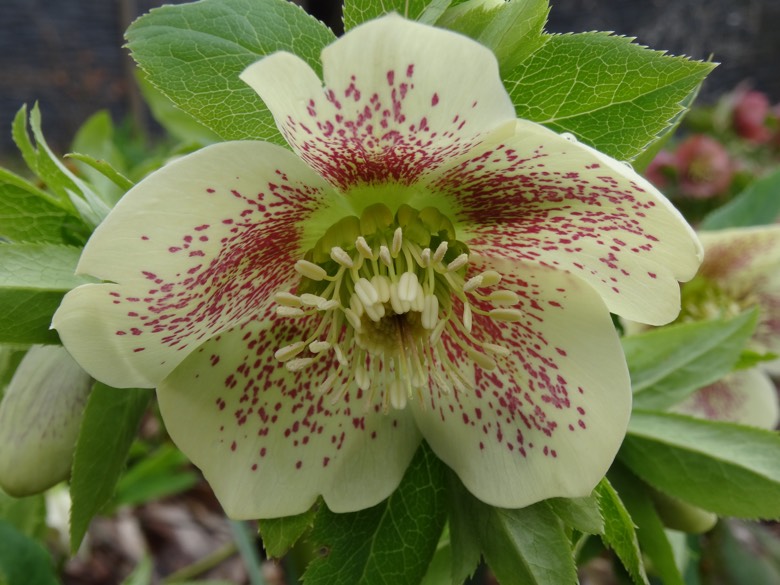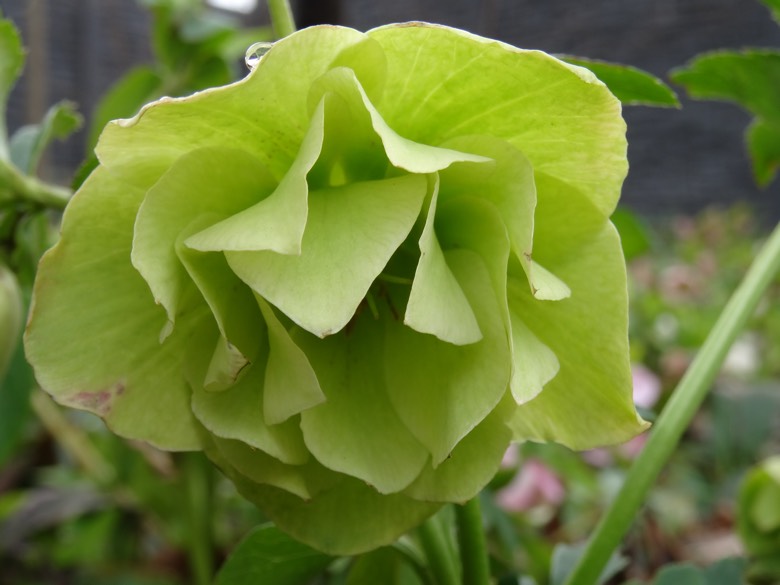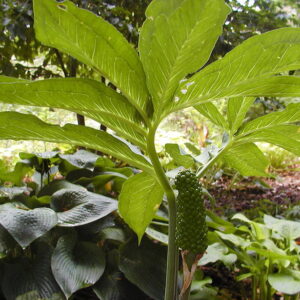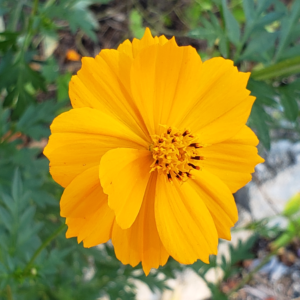Heirloom Seeds
Hellebore
Latin Name:
Helleborus X HybridusHellebore perennials are vigorous growers and abundant bloomers in rich, alluring colors like deep red-wine, cherry-blossom pink, to soft, creamy lime and pure, snow white. They are undemanding when provided with just a little shade and well-drained soil.
The genus Helleborus covers a group of perennial plants from Europe and Asia. Virtually all are garden worthy, though the caulescent (stemless) hybrids have become the most popular forms found in gardens. These perennials are vigorous growers and abundant bloomers in rich, alluring colors like deep red-wine, cherry-blossom pink, to soft, creamy lime and pure, snow white. They are undemanding when provided with just a little shade and well-drained soil. Stories about Lenten Roses are countless. In medieval times, it was considered a weapon against witches, madness and evil spirits. Lenten Roses deserves a place in every garden, not only because of their supposed power but because they bloom for a long time, early in winter, when the weather is cool and most other flowers are still dormant. They like moist loamy soil with lime and leaf mold. We like them as ground covers for deciduous shrubs, conifers, or broad-leafed evergreens, and when possible plant them in an elevated spot to admire their nodding flowers. Hellebore prefer partial shade and are hardy in zones 4-8. A beautiful selection with fantastic foliage that heralds spring with hot pink-veined leaves held on purple petioles. Purple buds open to pink and chartreuse flowers that deepen as they mature. Summer foliage has bright emerald green veining. Exceptionally long blooming. Naturalizes beautifully in woodland gardens.
Aristocrats of the woodland garden are native to Europe and western Asia. Hellebores are a great shade perennial for the Northwest garden. They’re hardy, easy to grow, boast gorgeous glossy leaves.
Additional information
| Germination | To be sure you will be successful with seed grown hellebores, you need to get those seeds into the ground as quickly as possible. In the wild, the seeds are “planted” as soon as they drop to the ground. In fact, you may see an example of this in your own garden. You are likely to have seed grown hellebores appear in frustrating numbers just under the “mother” plant. But the seeds you carefully saved to plant in containers the following spring produce few or no seedlings. The trick is to start planting hellebore seeds in late spring or early summer, just as Mother Nature does. Your success at growing hellebore from seeds may depend on it. |
|---|









Reviews
There are no reviews yet.